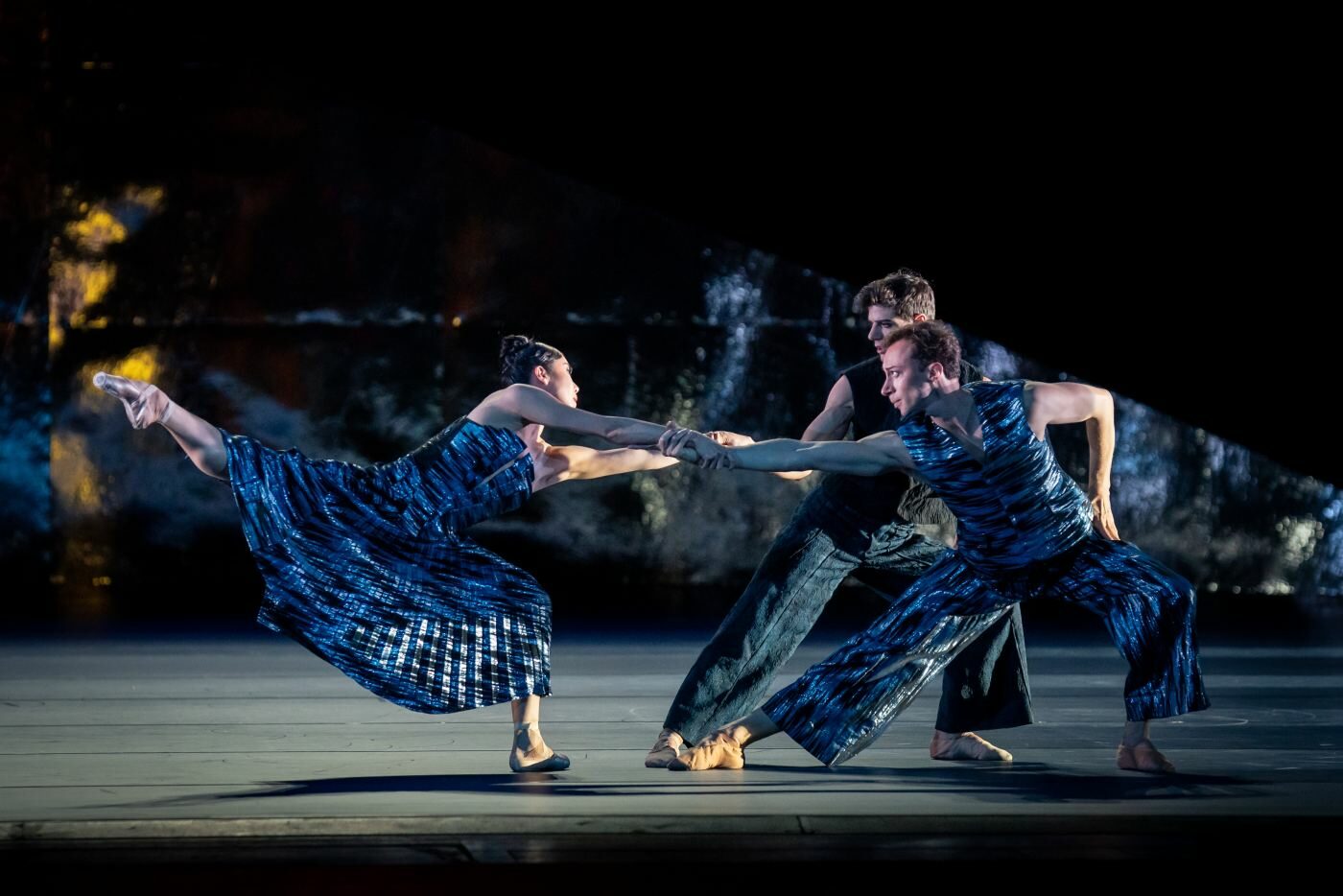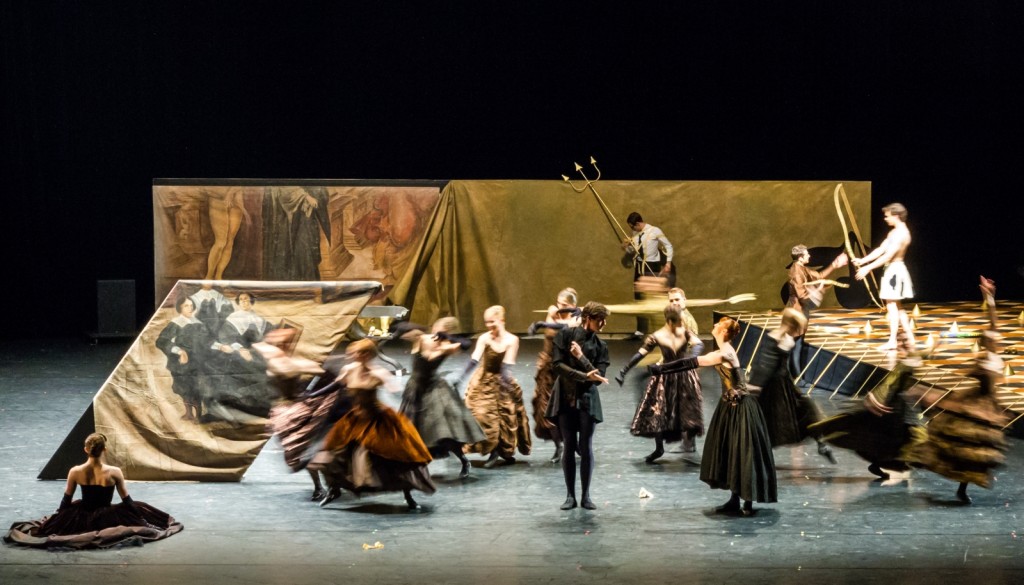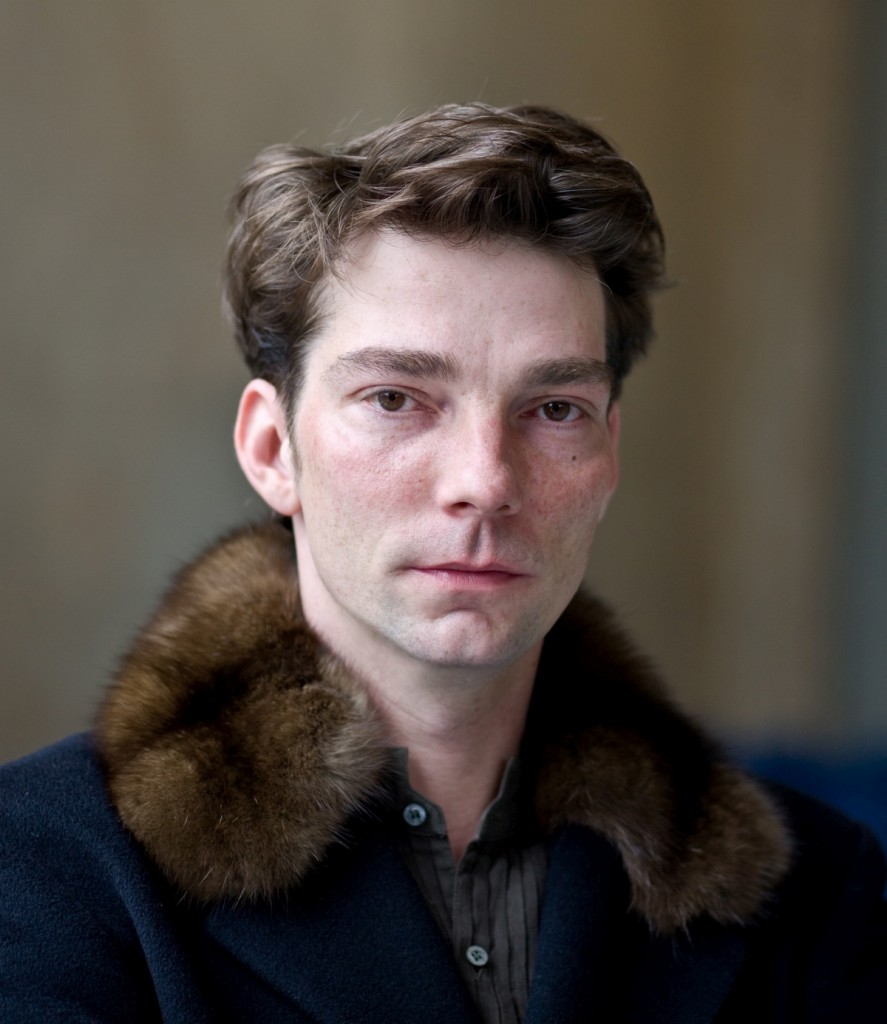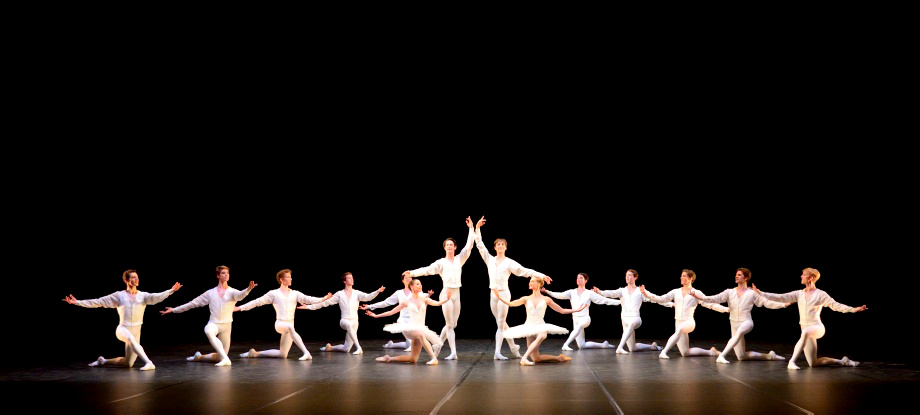Hope is the last to die
“A Streetcar named Desire”
Stuttgart Ballet
Stuttgart Schauspielhaus
Stuttgart, Germany
May 30, 2015
by Ilona Landgraf
Copyright © 2015 by Ilona Landgraf
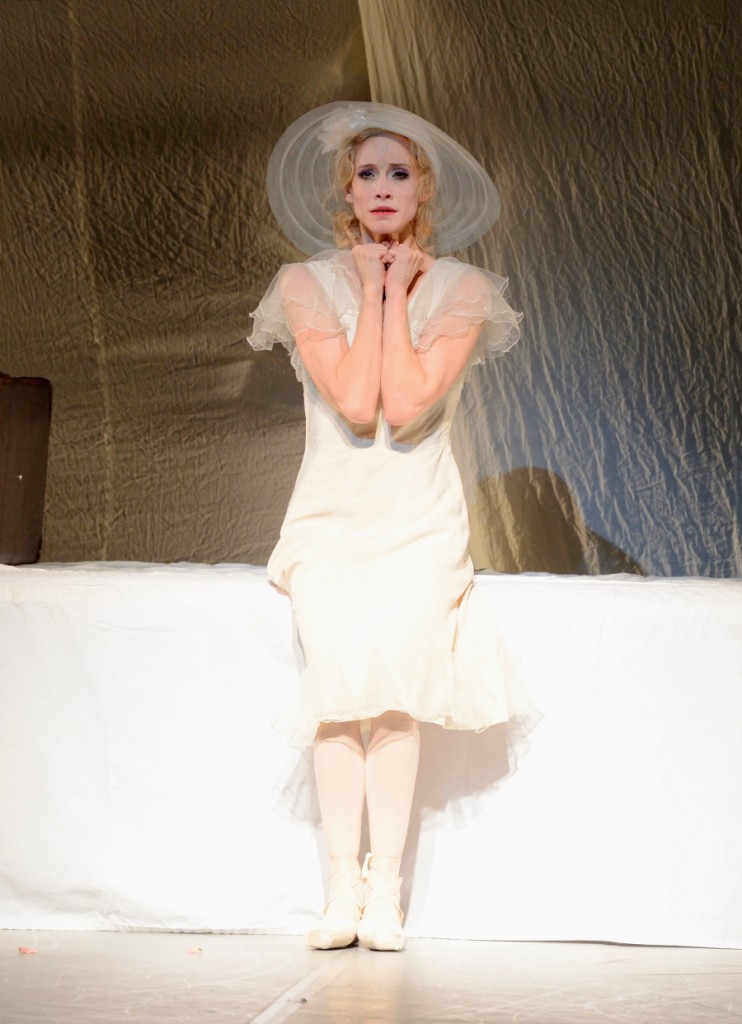 John Neumeier’s “A Streetcar named Desire”, based on Tennessee Williams’s drama of the same title, is probably not a piece one would be eager to see several times in a row. Unless one is hard-boiled. Calling it disturbing is too lenient. Its dense, oppressive atmosphere and brutal physicality that finally seals the mental destruction of its main character, Blanche DuBois, devours one. As food for thought, a single dose of this ballet brings along with it more than enough indigestion.
John Neumeier’s “A Streetcar named Desire”, based on Tennessee Williams’s drama of the same title, is probably not a piece one would be eager to see several times in a row. Unless one is hard-boiled. Calling it disturbing is too lenient. Its dense, oppressive atmosphere and brutal physicality that finally seals the mental destruction of its main character, Blanche DuBois, devours one. As food for thought, a single dose of this ballet brings along with it more than enough indigestion.
Neumeier has woven a masterful psychological drama, whose intensity might even surpass the stage play. What the dancers’ bodies express is more direct than any spoken word. Stuttgart Ballet has now again revived the two-act piece which Neumeier had created for the Baden-Wuerttemberg company in 1983. Back then the forty-six year old Marcia Haydée and Richard Cragun danced the leading characters, Blanche and Stanley.
Neumeier begins the story with its end. When the curtain rises we see Blanche (Alicia Amatriain) sitting on a bed in an asylum. She is elegantly dressed but looks distraught. Flashbacks are tormenting her, making her tremble. What has happened unfolds in cross-fades, not necessarily following the story’s chronological order. Music from Prokofiev’s “Visions fugitives op.22”, fragmented like Blanche’s memories, underscores the first act’s nostalgic, subdued mood. (more…)
